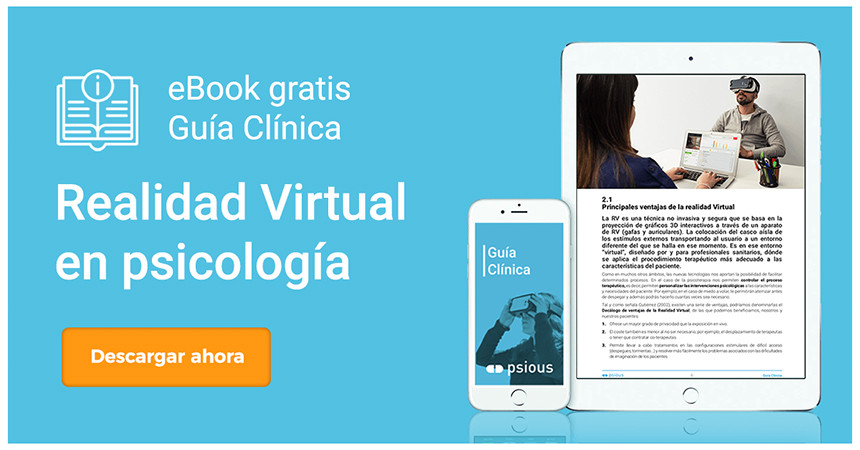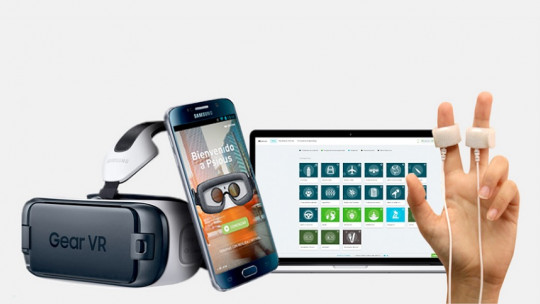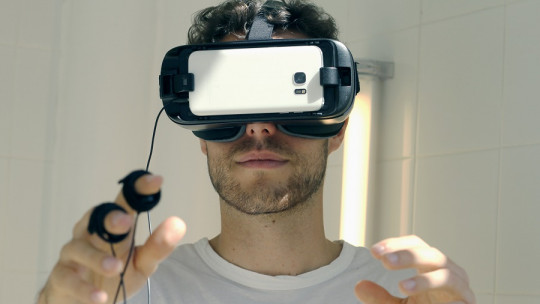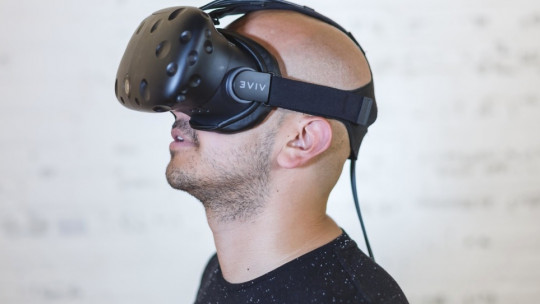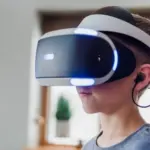One of the problems that mental health professionals usually encounter is the lack of tools available to them. In many cases they limit themselves to talking, applying techniques or evaluations. Luckily, more and more tools are appearing that help both the therapist and the patient.
We live in a constantly changing environment and the industrial revolution has given us new technologies that facilitate the work of psychologists performing more effective treatments, thus building patient loyalty and providing extra value to their consultations.
One of the tools that aims to be the most disruptive in the healthcare field is Virtual Reality. Did you know More and more psychologists are beginning to apply Virtual Reality (VR) in their therapies ?
What is Virtual Reality and how to use it in therapy
But… what exactly is Virtual Reality? It is a computer-generated environment through 3D graphics, totally immersive, interactive, safe, non-invasive and that generates a sense of presence.
In the healthcare field, there is the Psious platform that is designed by and for psychologists This company works with a VR kit: glasses, a smartphone, a computer with which the therapist configures the variables and a biofeedback sensor to control the patient’s physiological response.
With this kit you can reproduce the stimulus configurations that you think are relevant and change the variables to adapt them to the patient’s needs: add more or less people, control what the virtual people around them do, the weather, and much more.
You can also repeat certain events as many times as you want (for example, the takeoff or landing of the plane) and configure exposure hierarchies, intervention stages… All without leaving the consultation.
Furthermore, it is a technology with more than 20 years of scientific studies behind their backs. The first publication on Virtual Reality in the psychological field was published in 1985.
Currently, Psious is being used in renowned centers such as the Vall d’Hebron Hospital, St Joan de Déu Hospital, Hospital Clínic or Stanford University, among others.
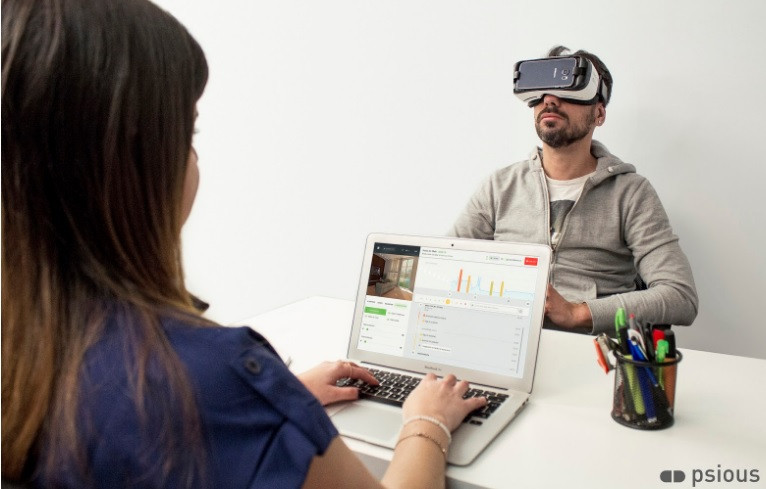
Advantages of Virtual Reality in mental health
There are many advantages offered by this type of technology, especially the one designed by Psious. Among the most relevant we find the following.
1. More effective than in vivo therapy
The patient you do not need to go through the entire physical exposure process , which also saves time and money. Avoid traveling by plane, subway, climbing a skyscraper…
2. Facilitates self-training and overlearning
The user no longer waits for events to take place in real life, now they can reproduce them as many times as they want, as many times as necessary and as necessary. The person to be treated has an active and participating role thus promoting re-learning and behavior modification.
3. The psychologist has full control over the parameters
You can control the duration of therapy, weather, time of day, number of people, interactions with people or animals, etc. In the eating disorder scenes you can choose, for example, the menu the user is eating, or in the fear of flying scene, the level of turbulence.
4. No imagination skills required
Virtual reality does not require high imaginative skills which are generally needed in exposure therapy.
5. Personalized treatment
With Virtual Reality there is the ability to adapt the scene to the needs of each patient thanks to the variable configuration and the control panel. Besides the therapist sees at all times what the patient is seeing thus facilitating the detection of the most relevant stimuli.
Likewise, you can design personalized exposure hierarchies, grading each step in detail.
6. Repeat any step of the process at any time
The patient can practice the scenes as many times as necessary. For example, getting into an elevator, having a blood drawn, taking an exam, or having a chat in a bar.
7. Ensures user privacy and security
If the patient feels uncomfortable at any time, It’s as easy as taking off your glasses to take you back to a safe place. Additionally, all Psious environments include the option to use instant relaxation and Mindfulness sessions.
8. Accessibility
This method is much easier than taking patients to any situation that makes them feel anxious or scared without leaving your office, thus saving time and money on travel or purchasing transportation tickets such as flights.
9. Patient monitoring and automatic reporting
You can save the details of each session, monitor the patient’s physiological response using biofeedback sensors and see the evolution in graphs
10. Faster treatment
According to several studies, this treatment It is more effective and immersive thus decreasing the rate of patients leaving the practice.
Are there any risks to take into account?
It is a very secure tool Only 0.025% of people may experience seizures, nausea or disorientation. Furthermore, these types of adverse reactions are more common in epileptic patients, so they should not use this tool or if they do, they should be aware of the risk it entails.
To keep these risks to a minimum, Psious has controlled the use of flashing lights when designing environments.
Therapies and techniques to use
In addition to all the advantages that we have seen, the good thing about Virtual Reality is the multitude of cases in which it can be used Specifically, Psious offers the option of working on various disorders (anxiety, specific phobias, eating disorders, PTSD, OCD, ADHD, etc.), in addition to being able to be used to carry out Mindfulness sessions, EMDR, relaxation techniques or pain distraction.
And the best of all is that it can be used as a preliminary step for the diagnosis of mental disorders. Emory University in Atlanta and the Alzheimer’s Society of the United Kingdom have carried out studies that show that it is used to diagnose PTSD and Alzheimer’s, but there are also other publications that have shown positive results for ADHD, anxiety, brain trauma or vertigo.
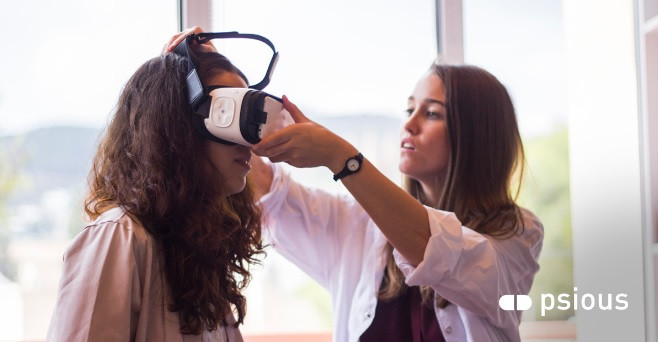
To find out more download the eBook
This electronic document delves into…
